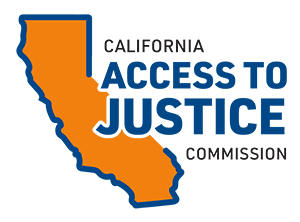The Justice Gap Study
In 2019, the State Bar completed the first-ever comprehensive study of the California Justice Gap, measuring the Golden State’s civil legal needs and the gap between those needs and the resources available to meet those needs.
In partnership with NORC at the University of Chicago, the State Bar found through interviews with thousands of California residents that the California Justice Gap is widespread, pervasive, and multifaceted:
The California Justice Gap has two dimensions: (1) knowledge gap and (2) services gap.
In the past year, 55 percent of Californians at all income levels experienced at least one civil legal problem in their household, yet nearly 70 percent of them received no legal assistance.
Fewer than 1 in 3 Californians sought legal assistance to address their problems.
Even when experiencing problems that have a significant impact on them, most do not receive legal help: 27 percent of low-income Californians received some legal help, while 34 percent of middle-income individuals did.
The most common categories of civil legal issues affect Californians at all income levels: health, finance, and employment.
The California study also explored how the cost of legal education affects access to justice by researching how debt influences the career choices of law school graduates away from public interest careers, known as public interest drift. In partnership with the Legal Aid Association of California, another element of the study seeks to understand the challenges of hiring and retaining legal aid lawyers to fill the service gap for low-income Californians.
Finally, the California Justice Gap Study outlines recommendations that policymakers, funders, researchers, and members of the legal services community can use to begin closing the California Justice Gap.
